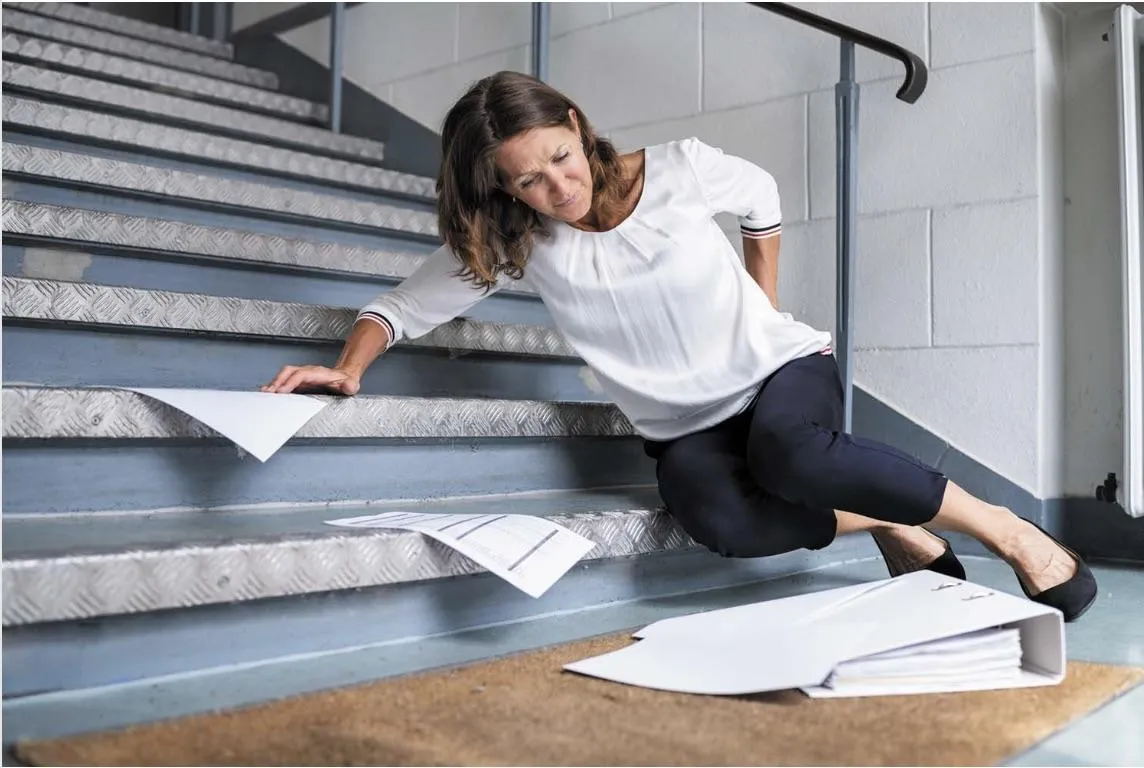
The Silent Epidemic: Why Are People Falling?
This statistic should get your attention:
Over 41,000Americans aged 65 and older died from falls in2023.
That's more deaths than from breast or prostate cancer, car crashes, drug overdoses, and all other unintentional injuries combinedin that age group!
The problem is getting worse.
Over the last 30 years, the death rate from falls among older adults has more than tripled. Among people 85 and older, the death rate is 339 per 100,000, compared to just 92 per 100,000 in 1990!
The state with the highest rate, Wisconsin, was more than five times higher than the rate of the lowest state, Alabama. Slips on ice?
What’s driving this surge?
The Prescription Drug Factor
One big culprit:medications.
Older Americans are taking more prescriptions than ever, often several at once. Many of them are what doctors call FRIDs—Fall Risk Increasing Drugs.
FRIDs can make you dizzy, drowsy, or off-balance, increasing falls by50-75%. They include opioids, benzodiazepines (like Valium), certain antidepressants, opiods, gabapentin, heart medications, and older antihistamines like Benadryl.
Otherdrugs don’t increase fall risk, butincrease fall mortality.Proton pump inhibitorscan weaken bones over time, making injuries much more severe in the event of a fall.
From 2017 to 2020,90% of Americans over 65 took at least one prescription drug,and nearly half were taking medications considered potentially inappropriate for their age.
Doctors are more aware of the risks now, but the prescription of certain drugs, like antidepressants and gabapentin, is on the rise.
I'm writing this today because I'm concerned about a client who takes a lot of "pain pills" and has had some (so far not serious) falls.
Other Contributing Factors
People are living longer, which means more years at risk of falls. The oldest-old (85+) may be more frail than past generations because medical advances keep people alive longer despite multiple health problems.
One researcher pointed out, "The surge in deaths from falls in the US reflects a new phenomenon. There is no reason to think that older adults today are much more likely to be physically frail, have dementia, have cluttered homes, or drink alcohol and use drugs than age-matched adults 30 years ago, and the percentage living alone has not changed much since 2000."
Something else must explain the 3-fold increase in falls.
Experts agree: medications are a risk factor thatcan be modified.That’s why many geriatricians are pushing for “de-prescribing” medications that raise fall risk.
What You Can Do
Falls aren't an inevitable part of aging; they're anavoidable tragedy.
Ask about medications.Bring up fall risk with your doctor.
Build strength and balance.It's your best insurance policy for later, proven to reduce fall risk at every age.
Address vision and home safety.Small changes make a big difference.
Falls aren’t just an “old person problem.”
If you're thinking,"I'm not there yet. Why should I worry?"the truth is, the time to build your defense isnow.
Strength, balance, and power aren't things you can quickly gain back later.
They're assets you maintain over a lifetime.
Set an example for your parents and grandparents!